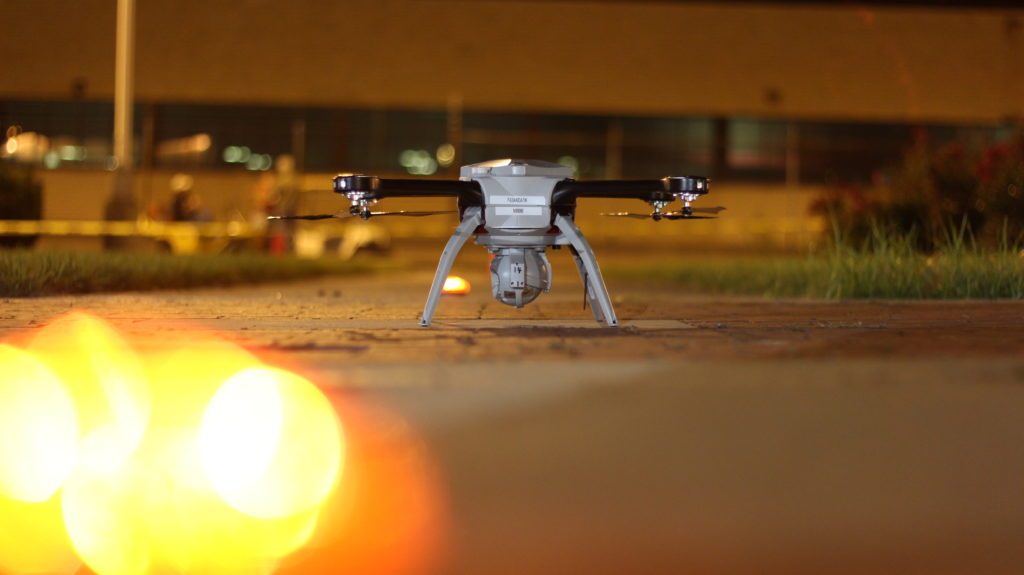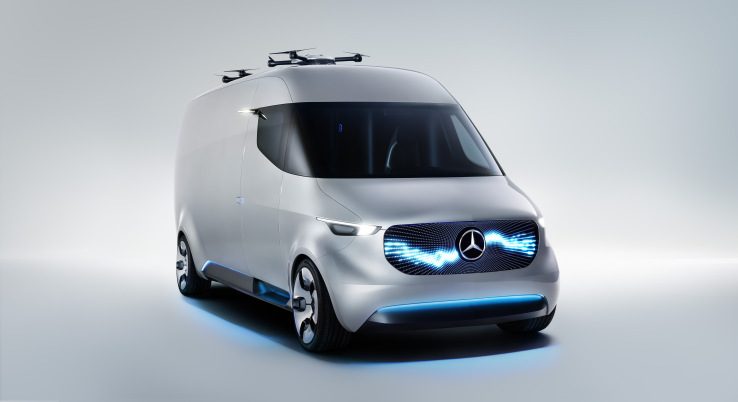When the FAA announced the enactment of Part 107, the Small UAS Rule, they also announced that operators could apply for drone waivers – exceptions to the basic provisions of Part 107. The FAA has issued at least 75 waivers so far, and many operators have applied for exceptions including night flight, flight over people, and operations in restricted airspace. The FAA says that the “Waivable sections of part 107” include:
Operation from a moving vehicle or aircraft
Daylight operation
Visual line of sight aircraft operation
Visual observer
Operation of multiple small unmanned aircraft systems
Yielding the right of way
Operation over people
Operation in certain airspace
Operating limitations for small unmanned aircraft
Here are 5 ways that drone waivers to these provisions will improve the industry:
- Thermographic Image Applications (with a waiver for night flight.) The ability to fly outside of daylight hours – night flight – has significant impact on commercial drone applications using thermography. Tremco Roofing performed the first FAA sanctioned night flight last month – flying without the heat of the sun allows their SKYBEAM drone to detect tiny temperature variations more easily, pinpointing structural problems in industrial roofs. There are many applications for thermography: including agriculture, power line inspections, building inspections, and energy infrastructure inspections.
-
Media Applications (with a waiver for operation over people.) The FAA has promised that they will introduce regulations regularizing flight over people by the end of this year – but in the meantime, any flight over people still requires a waiver. The waiver allows for many media applications that were not previously possible, as CNN – granted the first such waiver – has been able to prove. Professional media drones have the ability to change public perception – as they become more visible, the public – often nervous about the idea of commercial drones – will get used to seeing them. And as every drone operator knows, the aerial view provides information and insight often unavailable from the ground. While media applications are among the first to see the benefit of flight over people, there are many others: including police and security drones, recording of sporting events, or almost anything performed in an urban area.
- Drone Fleets (with a waiver for operation of multiple small unmanned aircraft systems.) Drone fleets have the potential to change drone business – but also to hasten the development of autonomous drone technology. As the technology advances, more and more commercial drones will have the ability to fly themselves to and from docking stations, and to be managed from a single interface. Companies like Airware and PixiePath are developing cloud based systems to help manage drone fleets; waivers to the regulation should allow large scale operations to be managed from a central point. This could change the return on investment for many large scale applications: including agriculture, border patrol and security.
 Long range mapping and surveying (with a waiver for BVLOS flight.) Mapping and surveying are already a major application for commercial drones. But in other countries, where flight beyond visual line of sight (BVLOS) is allowed, drones are able to go further; mapping miles of terrain for planning roads and other transportation infrastructure. This is a case where the technology is already there, only a waiver to the regulation is required to expand the application and increase value.
Long range mapping and surveying (with a waiver for BVLOS flight.) Mapping and surveying are already a major application for commercial drones. But in other countries, where flight beyond visual line of sight (BVLOS) is allowed, drones are able to go further; mapping miles of terrain for planning roads and other transportation infrastructure. This is a case where the technology is already there, only a waiver to the regulation is required to expand the application and increase value.-
Drone Delivery (with a waiver to operate from a moving vehicle.) Drone delivery is already here, with drones delivering items like burritos and slurpees. But in order for large scale drone delivery to take place, drones will have to get closer to where the people are – and that’s why Amazon took out a patent that would allow drones to “hitch rides” on top of trucks and buses. Matternet and Mercedes Benz recently introduced their “vision van” which can serve as a launch and landing pad for Matternet’s delivery drones.
For more information on applying for commercial drone waivers, see the FAA’s video below:
 Unmanned Aerial Vehicle The latest drone news
Unmanned Aerial Vehicle The latest drone news






